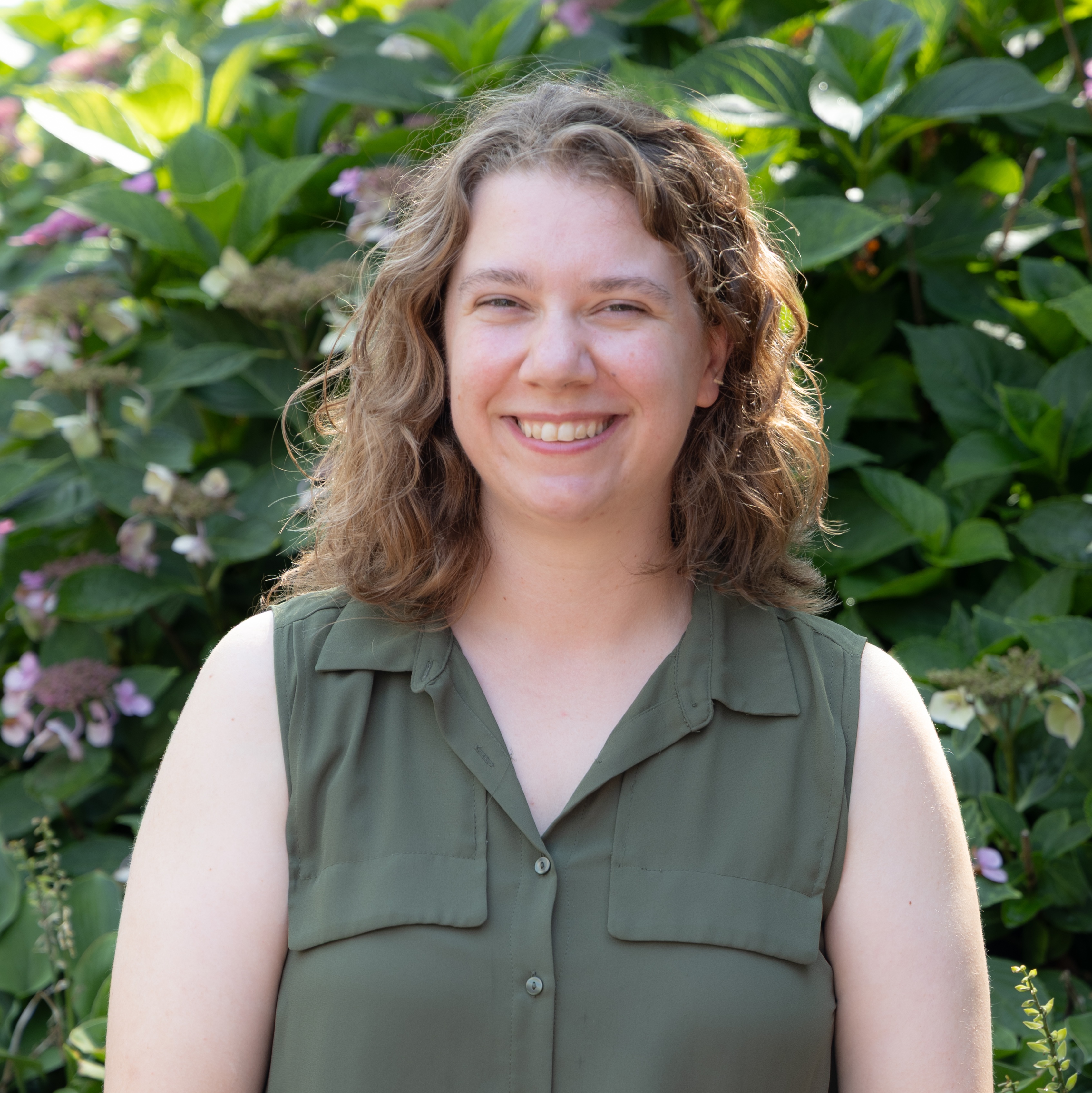Ohio City Bike Shop Owner Speaks Out After Hit-and-Run
by Annie Nickoloff | Nov. 7, 2022 | 3:10 PM

Courtesy Alex Nosse
Alex Nosse, the owner and founder of Joy Machines bike shop, uses his bicycle for transportation every day, riding one mile from his home to the Ohio City store.
On Monday, Oct. 17, while commuting home after work, Nosse was riding down Fulton Road and crossing Lorain Ave. when a car, running a red light down Lorain, struck Nosse and knocked him to the ground. The car sped off. Nosse shared a video of the incident on Joy Machines’ Twitter — a video that’s too blurry to identify the license plate of the car.
After the crash, Nosse says he went to the emergency room and, though he was shaken and sore after the incident, he was mostly okay.
“It’s kind of a miracle that nothing worse happened to me, as far as injuries are concerned,” Nosse says.
However, the hit-and-run aligned with some of Nosse’s experiences biking in Cleveland. The cyclist says that, anecdotally, reckless driving has increased in recent years; speeding, distracted driving, dangerous passes and missing red lights are just some of the activities he’s seen take place on city roads.
“I have a front-row seat to a lot of reckless behaviors that I think people who walk and bike in Cleveland are especially attuned to,” Nosse says. “To say that I’m fed up is an understatement.”
He continued: “We like to think that our society, as time goes, on gets safer and more prosperous for people, but in terms of traveling in the city, I feel it’s getting more dangerous as time goes on, which is really horrible. I think traffic violence and road safety really need to be understood by more people as a true public health issue.”
In 2020, the Ohio State Highway Patrol recorded 166 bicycle-related crashes in Cuyahoga County — a dip from former years, likely due to the pandemic — and 238 bike-related crashes in 2021.
Those numbers haven’t changed all that much, heading into 2022. From Jan. 1 until Oct. 3, OSHP has recorded 174 bicycle-related crashes in Cuyahoga County, one of which was fatal.
Bicycle safety is an issue that Nosse has seen on a daily basis on Cleveland’s roads.
“Most people, I think — and this goes from drivers all the way up to people who design and build our roads — just think of roads as a way to get people in cars around quickly, with as little disturbance as possible,” Nosse says. “Really, that’s shared public space that everybody has a right to, and everybody has a right to access safely.”
Nosse says he’d like to see bike- and pedestrian-friendly upgrades to Cleveland roads, including traffic calming measures, to make the city’s streets safer. He suggested a raised crosswalk at Fulton and Lorain, which would force drivers to slow down while driving over them. (“It’s a simple proven safety measure that works all around the world. For some reason, we can’t figure out how to get anything too significant done here in Cleveland,” Nosse says.)
The problem goes beyond policy, though, Nosse says.
“It can be a little challenging for drivers to see the community and somebody out there who’s trying to bike to work or walk to the bus stop,” Nosse says. “I think at the end of the day, the root of the problem is people just not showing compassion for people who really just want to get around the city safely.”

Annie Nickoloff
Annie Nickoloff is the senior editor of Cleveland Magazine. She has written for a variety of publications, including The Plain Dealer, Alternative Press Magazine, Belt Magazine, USA Today and Paste Magazine. She hosts a weekly indie radio show called Sunny Day on WRUW FM 91.1 Cleveland and enjoys frequenting Cleveland's music venues, hiking trails and pinball arcades.
Trending
-
1
-
2
-
3
-
4
-
5










